Home » Software
Comprehensive tools for modern IT operations and system administration
Infrastructure Management Suite

Rudder: Continuous Configuration That Doesn’t Break Things Rudder is what happens when configuration management meets real-world enterprise infrastructure. Built with a focus on safety, auditability, and hybrid systems, it combines agent-based control, a web interface, and compliance reporting — all in one cohesive platform.
It’s not just about pushing config files. Rudder tracks what happened, when, and why — and gives teams visibility into what’s compliant, what’s drifting, and what failed. F
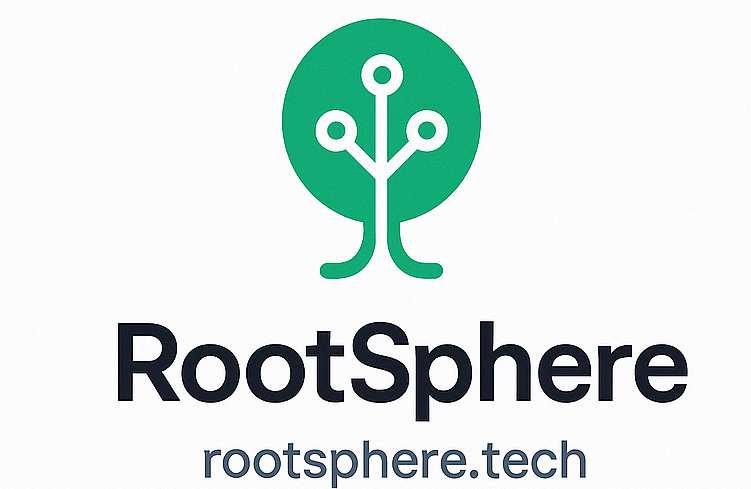
OctoDNS: When Managing DNS Stops Being a Manual Chore OctoDNS is what happens when system administrators get fed up with provider lock-in, inconsistent DNS interfaces, and error-prone manual edits. It’s a Python-based tool that lets teams define DNS zones as YAML files and sync them across dozens of providers. No fancy dashboards, no point-and-click GUIs — just clean, trackable configuration in version control.
Originally built at GitHub to solve real-world DNS headaches, OctoDNS now serves a w

StackStorm: Orchestrating Automation Where It Actually Matters For teams juggling alerts, playbooks, manual checks, and flaky scripts, StackStorm often arrives as a welcome shift. It doesn’t just automate tasks — it listens, reacts, and keeps context. At its core, this is event-driven automation for real infrastructure — not just cloud toys or cron jobs.
Instead of reacting manually to every “disk full” alert or failed deployment, StackStorm watches what’s happening across systems, then kicks o

SaltStack for Windows: Configuration Management That Actually Scales on Windows SaltStack has long been a powerhouse in the Linux automation space — but the lesser-known Windows port is no less capable. When configured right, it brings the same high-speed remote execution, orchestration, and state management to Windows environments. That includes domain-joined servers, standalone hosts, and even remote desktops behind NAT.
It’s fast, lightweight, and script-friendly — a solid fit for infrastruc
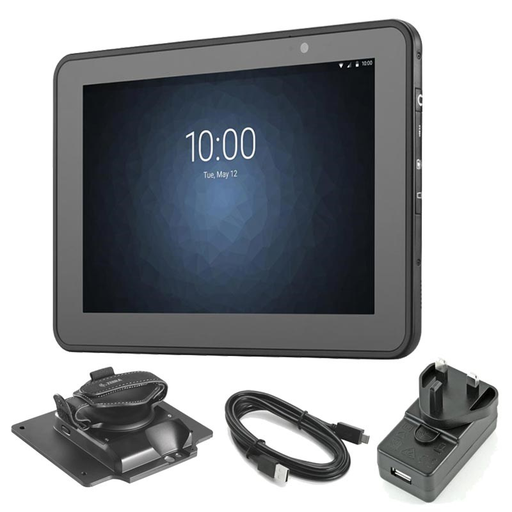
ZBack: File Backup and Synchronization Without the Guesswork ZBack is a lightweight backup and sync utility for Windows that skips the bloat and sticks to the essentials. It’s not built for the cloud or fancy dashboards — it’s built for people who need to copy, mirror, or backup files quickly, with full control over paths, filters, and execution modes.
Whether used interactively or scheduled in a script, ZBack handles both one-time jobs and recurring syncs without adding overhead. It’s portable

Iperius Backup Free: Simple Scheduling and File Protection for Windows Systems Iperius Backup Free is one of those rare utilities that manages to stay simple without being shallow. Aimed at small businesses, IT departments, and advanced users, it offers dependable backup scheduling for files and folders — with just enough flexibility to cover most non-enterprise needs.
It doesn’t try to be an all-in-one cloud suite or bare-metal recovery tool. Instead, it sticks to what it does best: reliable l

Genie Timeline Free: Set-and-Forget File Backup with Visual History Genie Timeline Free takes a different approach to backup — one that prioritizes simplicity and visibility over scripts and scheduling complexity. Instead of configuring jobs line by line, it tracks file changes automatically in the background and presents a timeline of previous states. It’s backup designed to be used — not just installed and forgotten.
For non-technical users or IT teams supporting desktops, it offers a near-ze

Areca Backup: Transparent File Archiving with Versioning and Encryption Areca Backup is a file-level backup utility designed for users who want full control over what gets backed up, where it goes, and how it’s stored. Unlike tools that hide logic behind wizards, Areca gives visibility into every operation — from file selection to retention and encryption.
It’s particularly well-suited for IT pros managing user data, archived documents, or source files where versioning and portability matter mo
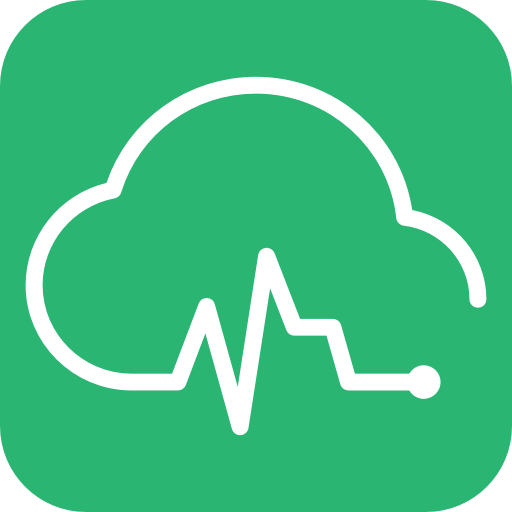
Open365: A Self-Hosted Office Stack That Tried to Do It All There was a time when Open365 looked like the dream stack — email, document editing, file sync, calendar, and contacts, all in one place, all open source. No licenses, no subscriptions. Just spin it up and go. That was the pitch.
The project didn’t stick around long. But it left behind something interesting — a blueprint for building a full-featured, self-hosted collaboration suite from open components. For teams that want to host ever

MailEnable: When You Need a Self-Hosted Mail Server on Windows — Without Exchange Some teams just need email to work — on their own terms, on their own servers, without dealing with cloud panels or per-user licensing. MailEnable has been filling that gap for years. It’s a Windows-based mail server that speaks the standard protocols (SMTP, POP3, IMAP), comes with a webmail client, and runs quietly in the background.
Even the free version covers a surprising amount: multiple domains, browser acce
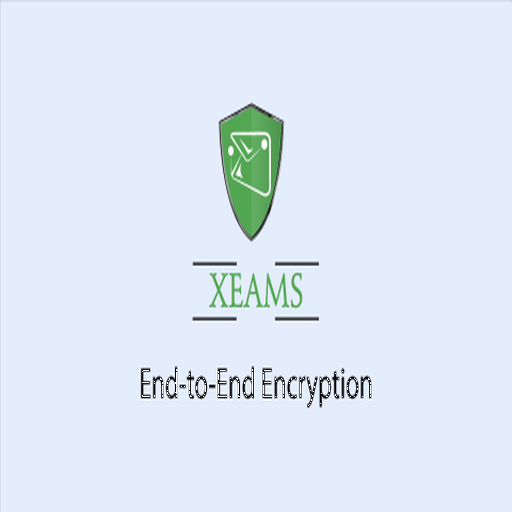
Xeams: One Server, Two Roles — Filter First, Host If You Need Some tools are designed to do one job. Xeams isn’t one of them. What you get is a mail filter that can also host email — or a full mail server that quietly works as a smart relay. It doesn’t push you into one model. You decide how deep you want to go.
Out of the box, it starts with mail filtering. That’s where most people use it. Drop Xeams in front of an existing Exchange or Postfix setup, and it’ll take care of spam, quarantine, an
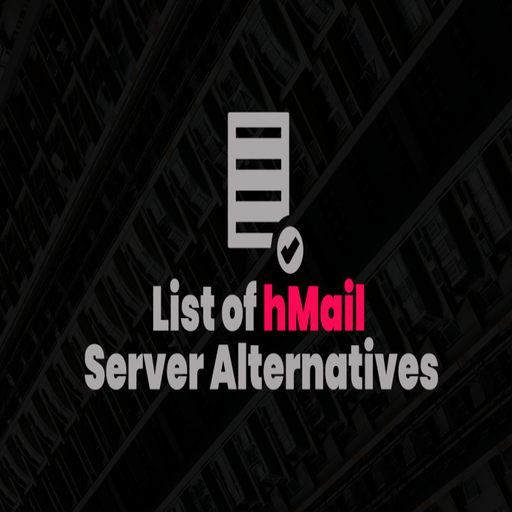
hMailServer: A No-Nonsense Mail Server for Windows That Just Works There aren’t many mail servers built specifically for Windows. Even fewer that are free, lightweight, and stable over the years. hMailServer is one of the few that still ticks those boxes — and that’s exactly why it keeps showing up in small business networks, test labs, and local environments where simple mail just needs to happen.
It’s not an Exchange replacement. And it doesn’t try to be. Instead, hMailServer focuses on the c

Terminals: Remote Connection Manager That Stays Out of the Way Terminals is one of those tools that doesn’t try to reinvent anything — and that’s exactly its strength. It’s a multi-protocol remote connection manager for Windows, designed by sysadmins, for sysadmins. Whether you’re juggling dozens of RDP sessions, switching between SSH tabs, or just need a clean way to organize credentials — Terminals gets it done.
It doesn’t run in the background, it doesn’t sync to the cloud, and it won’t nag

My Commander: Lightweight File Management Without the Bloat My Commander (also known as MyCO) is a compact, no-install file manager for Windows that does exactly what it promises — lets you browse, copy, move, and manage files fast, without adding overhead. It’s small enough to fit on a USB stick, light enough to run on older machines, and simple enough to use without reading a manual.
This isn’t a replacement for Total Commander or FreeCommander in terms of features. But it’s an excellent fall
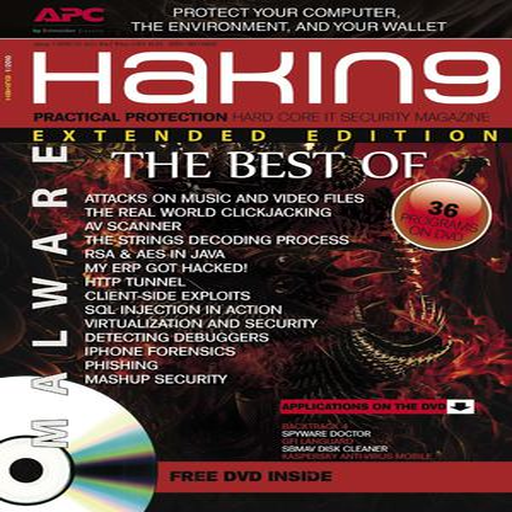
Wyns SSH Box: A Lightweight SSH Console for Windows Admins on the Move Wyns SSH Box is a portable SSH client built with one goal — fast, no-frills access to remote systems over SSH. It doesn’t try to be a full-featured terminal manager or emulate an IDE. Instead, it provides a clean, tabbed interface for connecting to Linux servers, routers, or embedded systems without the bulk of tools like MobaXterm or SecureCRT.
It’s the kind of utility that fits on a flash drive, launches instantly, and jus

Explorer++: A Tabbed File Manager That Feels Native on Windows Explorer++ is a lightweight, open-source file manager for Windows. It doesn’t try to replace File Explorer — it feels like a natural extension of it. The layout is clean, the tabbed interface is fast, and the feature set is focused. No theming engines, no plugin mess, no gimmicks.
For Windows users who want something a bit more capable than the stock Explorer but without jumping to dual-pane tools like Total Commander, Explorer++ of

Checkmk Raw Edition: Open Monitoring with Enterprise DNA Checkmk Raw Edition is the free, open-source core of the Checkmk monitoring platform — a modern take on Nagios-based infrastructure monitoring. Built around the Nagios engine but extended with a faster UI, smart autodiscovery, and thousands of plug-ins, it offers serious functionality for those who prefer to host everything on their own terms.
It’s not a simplified version — Raw Edition is powerful enough for real deployments, as long as

Open-AudIT: Inventory and Discovery Without the Guesswork Open-AudIT is a network inventory and asset discovery tool designed to answer a simple question: what’s on the network, and how’s it configured? For sysadmins managing diverse environments, it provides a clear, structured view of every device — hardware, software, OS, users, services, shares, and more — without having to install agents.
It’s built for Windows and Linux networks and is especially useful in environments where unmanaged sys

PA Server Monitor Free: Local Monitoring for Windows-Centric Networks PA Server Monitor Free Edition is a no-cost version of Power Admin’s monitoring suite, built for IT environments that want visibility into their servers and infrastructure — but don’t need a full-scale enterprise monitoring solution. It’s lightweight, easy to install, and offers just enough to cover key systems and metrics on small networks.
For Windows-focused sysadmins who want to track CPU, disk, services, uptime, and SNMP
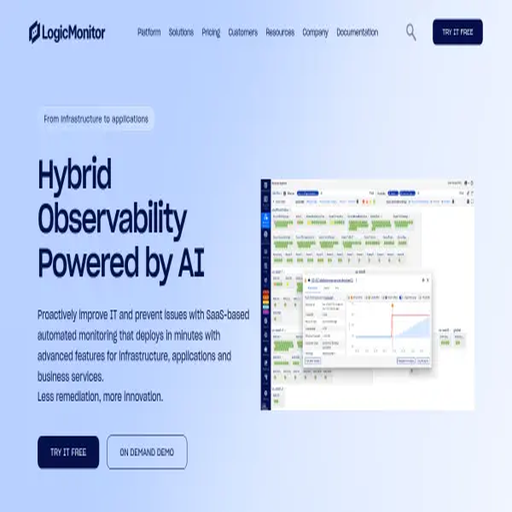
Xitoring Agent: Lightweight Monitoring for Cloud and On-Prem Systems Xitoring Agent is the small piece of software behind the broader Xitoring monitoring platform — a modern alternative to legacy tools like Zabbix or Icinga. Designed for sysadmins who want real-time server metrics, service checks, and alerting without managing the entire backend themselves, the agent connects systems to Xitoring’s centralized dashboard with minimal setup.
Whether you’re monitoring a cloud VM or an internal file
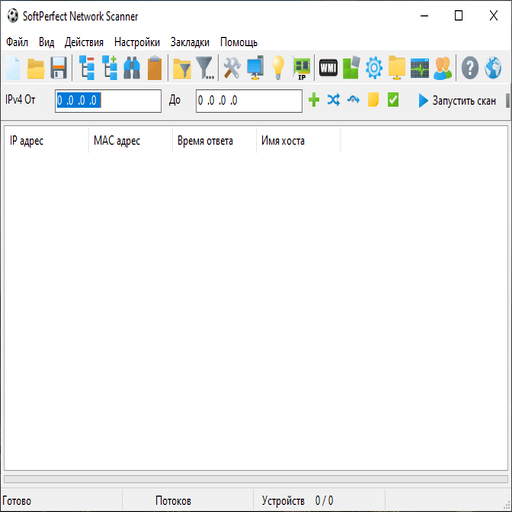
SoftPerfect Network Scanner: Fast, Practical Scanning for Busy Admins There’s no shortage of network scanners out there, but SoftPerfect Network Scanner tends to land on the USB drives of people who actually work in the field. It’s quick to launch, doesn’t need installation, and gets straight to the point: what’s online, what ports are open, and what can be seen without poking the firewall too hard.
This tool’s been around for years — and it shows, in a good way. No bloat, no surprises, just ef

Angry IP Scanner: A Cross-Platform Tool for Quick Network Scans Angry IP Scanner is a simple but effective network scanning utility that’s gained popularity among system administrators and security analysts for one reason — speed. It’s open-source, works on Windows, macOS, and Linux, and doesn’t need a deep configuration before running useful scans.
Despite the name, it’s not “angry” at all — it just does the job fast, with a focus on usability and portability. What It Can Do

PRTG Freeware Edition: Enterprise-Level Monitoring at Zero Cost PRTG Freeware Edition is the fully functional, zero-cost tier of Paessler’s powerful network monitoring suite. While commercial versions scale up for large infrastructures, the Freeware edition is ideal for small teams or standalone admins who need visibility into their systems — and don’t want to build an entire monitoring stack from scratch.
With its web-based interface, auto-discovery, and deep sensor library, it offers serious

LanTopoLog: Visual Network Mapping with Switch-Level Insight LanTopoLog is a niche but practical tool for Windows admins who want to visualize their LAN topology — not just by IP range or ping response, but by actual switch port connectivity. It queries SNMP-enabled switches, matches MAC addresses to hosts, and builds a live topology diagram with port-to-device resolution.
While the interface is dated, the underlying idea is still rare among free tools: physical layer visibility without expensi

Sunlogin Remote: Free Remote Control with Chinese Roots and Global Reach Sunlogin Remote (向日葵远程控制) is a free remote access tool developed by Chinese vendor Oray, gaining popularity outside Asia due to its ease of use and reliable connectivity — even through NAT or firewalls. Though it’s mostly used in Chinese-speaking markets, the English interface is fully usable, and the service has proven stable even over long-distance international sessions.
The tool offers cross-platform remote control bet

AnyDesk Free: Fast, Lightweight Remote Access for Windows Environments AnyDesk Free Edition is a compact and responsive remote desktop tool that’s become a go-to option for administrators and support staff needing quick access to Windows systems. It’s often used when RDP is blocked or when speed and ease of deployment matter more than centralized management or advanced policy control.
Though the commercial version supports broader integration, the free edition already delivers solid performance

Wayk Bastion: Secure Remote Access Gateway for Managed Environments Wayk Bastion is a self-hosted remote access gateway built by Devolutions, designed to securely manage and broker remote desktop connections across networks — especially where direct access is restricted by firewalls, NAT, or VPN boundaries. It’s essentially a jump server with tight access control, auditability, and strong encryption.
Unlike typical remote desktop tools, Wayk Bastion acts as a central broker — no need to expose

LiteManager Free: Remote Desktop for LAN and Internet Access LiteManager Free is a remote access tool for Windows systems that offers a balance between control, speed, and simplicity — especially in LAN environments. Unlike many cloud-tethered tools, LiteManager relies on direct IP-based connections or relay servers you can control, making it attractive for admins who need access behind firewalls or in isolated networks.
With support for up to 30 managed devices in the free version, it’s a soli

SpyShelter Free: Behavioral Protection Without the Overhead What Is It? SpyShelter Free is a lightweight, rule-based security tool built to intercept suspicious activity before it escalates. Unlike traditional antivirus software that leans heavily on signature databases, SpyShelter focuses on behavior — watching how applications interact with the system in real time. It’s not a full endpoint protection suite, and it doesn’t try to be. But when layered with other tools, it quietly fills a gap: ca

NetCrunch: Unified Monitoring Without the Stack Sprawl What Is It? NetCrunch is an all-in-one network and systems monitoring platform developed by AdRem Software. Unlike many open-source solutions that require assembling multiple components — exporters, databases, dashboards, alert engines — NetCrunch comes ready to go. One installer. One interface. And support for everything from SNMP-enabled switches to Windows services, syslogs, and even environmental sensors.
It’s not open-source, and the f

GlassWire Free: Visual Firewall and Local Traffic Inspector for Windows What Is It? GlassWire Free isn’t a full-fledged security suite — and it doesn’t pretend to be. Instead, it fills a specific need: showing what’s happening on a Windows machine, in real time, with a clean interface that doesn’t bury the user in log files or low-level stats. It’s a visual front-end for Windows’ own firewall system, layered with traffic graphs, alerting, and historical views of application behavior.
It’s not b

Wazuh: When You Need a Real SIEM and Can’t Afford to Fake It What Is It? Wazuh is the kind of tool you end up with when off-the-shelf log collectors don’t cut it anymore. It’s open-source, aggressive on features, and brutally honest about what it does: host-based intrusion detection, file integrity, log analysis, vulnerability checks — all stitched together in one (very configurable) stack.
Originally forked from OSSEC, Wazuh grew into something much heavier, but smarter. You get full access to

UTM (macOS port on Windows): Local Virtualization Without Hyper-V General Overview UTM is a virtualization solution originally built for macOS, powered by QEMU and Apple’s Hypervisor.framework. This port brings the same lightweight, GUI-driven experience to Windows by adapting it for local hypervisor capabilities and software-based virtualization. Unlike full-featured hypervisors like VMware Workstation or Hyper-V, UTM emphasizes simplicity and full user-space operation, making it particularly a

Multipass: Instant Ubuntu VMs with Zero Fuss What Is It? Multipass isn’t trying to be a full-blown virtualization platform — and that’s its strength. Built by Canonical, it’s designed to spin up fresh Ubuntu environments locally with as little friction as possible. No ISO downloads, no multi-step wizards, no heavy GUI. Just one CLI command, and a new VM is ready to go.
It’s not built for production — and it doesn’t pretend to be. Multipass fits in those everyday moments: testing a script, stagi

Hyper-V Manager: Native Virtualization for Windows-Based Infrastructure What Is It? Hyper-V Manager is the official management console for Microsoft’s native hypervisor, built into Windows Server and optional on Windows 10/11 Pro, Enterprise, and Education editions. Unlike third-party hypervisors, Hyper-V is tightly integrated with the Windows kernel, offering high performance and strong isolation — without relying on external drivers or user-mode hacks.
Administrators use Hyper-V Manager to cr

Virtuozzo: Mixed Workloads Without the Bloat What Is It? Virtuozzo’s not another KVM wrapper or yet one more hypervisor dashboard. It’s a platform with a long history in commercial hosting — and it shows. This is the system many VPS providers built their infrastructure on years ago, and it’s still around for a reason: it packs a lot into a tightly managed cluster without getting in your way.
Instead of making a choice between containers and VMs, Virtuozzo runs both — in parallel, on the same in
